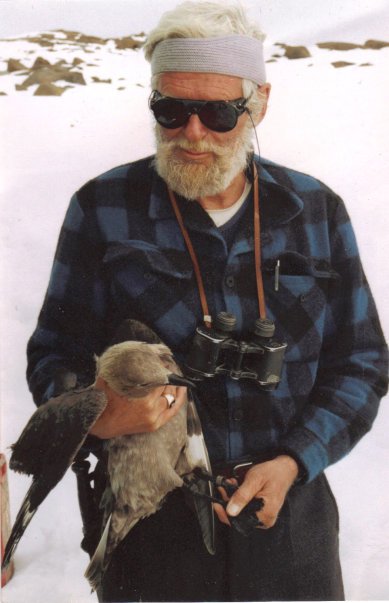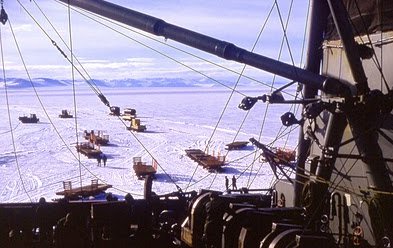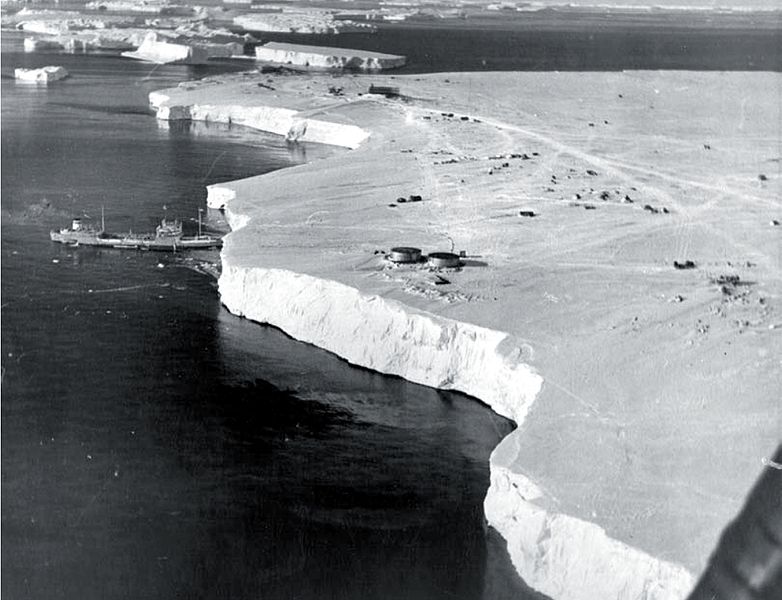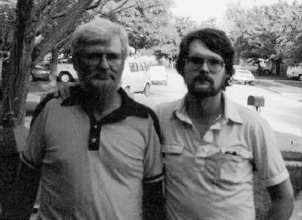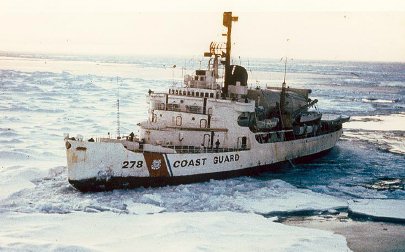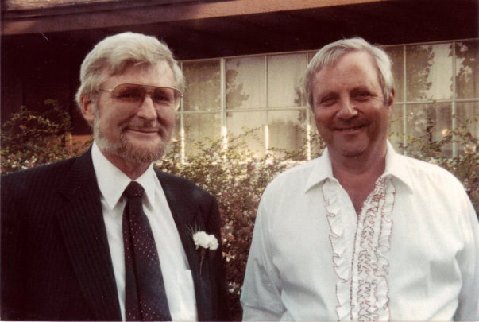|
Biography of Dr. Richard L. Penney
Richard L. Penney was born on May 11, 1935 in Iowa. He grew up in Osage, Mitchell county, Iowa as the adopted son of Hartley Lee and Mabel Caroline (Larson) Penney. He graduated from the Osage Community High School,
Richard married Patricia Landborg, who also grew up in Osage, and was also a graduate of Osage Community High School They had three children: Deanna, David and Steven Hartley. Deanna and David were twins. Richard became a research zoologist in the animal behavior laboratory of the New York Zoological Society at the Bronx Zoo, and an assistant professor at Rockefeller University. Penney is the author of a children's science book called "The Penguins Are Coming!," which was published by Harper and Row. Penney's research on the book took him to Antartica five times for a total of 41 months spent on the frozen continent. The book was dedicated to the Penneys' three children. The book traces the life cycle of the Adelie penguins of Antartica; and follows the Adelie penguins on their parade to the Antartic shore each spring, the building of nests of stone, the weeks without food while hatching the eggs -- a job shared by both the male and female penguins -- and the chick's first jump into the frightening ocean waves.
While a scientist at Johns Hopkins University, Penney made a specialized radio transmitter which was attached to the flippers of a number of penguins in the antarctic. This allowed Penney to track the travels of each penguin. Penney even did an experiment to see if penguins, taken from their home areas, could then orient themselves and find their way back home.
In 1963 Dr. Penney performed an experiment with Adelie penguins, which weigh only about 15 pounds, and found that the penguins consistently started out in a direction which bore a definite relationship to their coastal homes. This study indicated that nature gives the penguins an ability to find the sea and it's rookery. The penguin has a built-in biological mechanism, used together with the position of the sun, that allows him to navigate home again. If the penguin is lost southeast or southwest of his shoreline rookery, Penney observed, he will walk due north instead of straight for home, and eventually reaches the sea. He will then walk left or right, as appropriate, until he finds his home. In making plans for one particular expedition to the Antarctic, Dr. Penney had to negotiate with the Soviet Union, because he hoped to use a number of penguins from the Russian base at Mirnyy, in the Antarctic.
When Penney finished his Antarctic study of penguin navigation, he brought a number of penguins back to Baltimore, where he was able to study the biological mechanisms used by the penguins in their navigation across the frozen snow, and through near-freezing water. Penney was granted an assistantship in the graduate school at the University of Wisconsin, department of zoology, following graduation from St. Olaf College.
Penney was the only Iowan, and was one of only three Americans chosen for Operation Deep Freeze IV. Operation Deep Freeze was conducted beginning in 1957 in conjunction with the International Geophysical Year (IGY). Penney's field was biological science, and he was the principal investigator for the University of Wisconsin. He was the only biologist in the group which included 12 Australians. This was the first year that this phase of the work was stressed.
He was selected for the polar assignment because of research work he had done. His particular interests were "the sexual and parental behavior of Adelie Penguins" and "The orientation mechanism of Adelie Penguins." Dr. Penney's route to the Antarctic was from Madison, Wisconsin by plane to Washington, D.C.; then via MATS (Military Air Transport) to California, Hawaii, Canton, Fiji Islands, New Zealand, and finally to McMurdo Sound, Antarctica. From McMurdo Sound he travelled aboard the
On the occasion of Operation Deep Freeze IV, Penney's wife, the former Pat Landborg, and their three children: twins, David Lee and Deanna Lynn, 2 1/2, and Steven Hartley, 3 months, remained in Madison. "Sixteen months is a long time," said Penney, "but with a capable wife to care for the children there will be no worry."
|
Webization by Kermit Kittleson
©2010-2018 IAGenWeb
